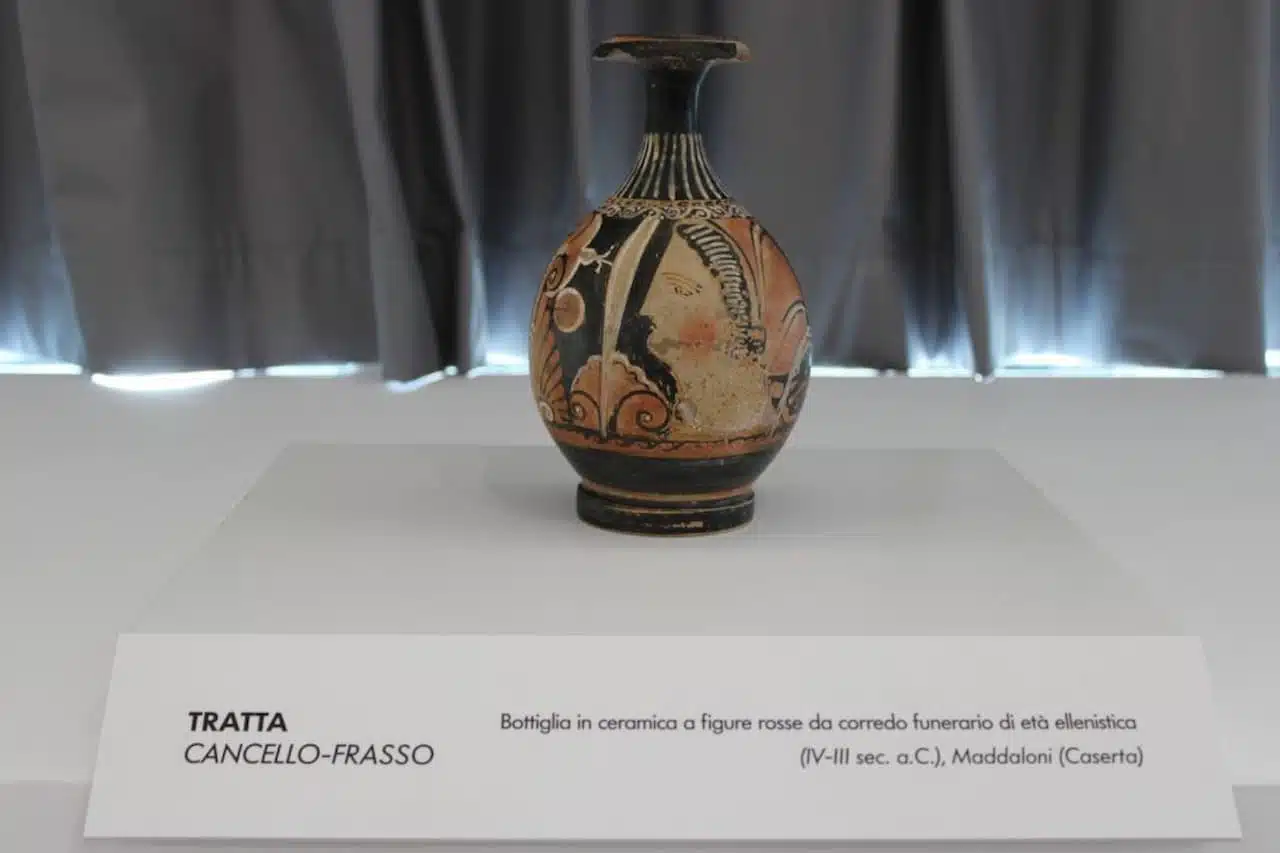During the construction of a high-speed railway connecting Naples and Bari, archaeologists uncovered a significant Hellenistic sacred site in Ponte, Italy. This remarkable find provides new insights into ancient Greek religious practices and their cultural impact in Italy, revealing how Greek settlers and their descendants worshipped thousands of years ago.
Importance of the Sacred Site
The sacred site dates back over 2,000 years and features altars, ritual artifacts, and sacred structures. These elements highlight its significance as a worship location. Experts believe that the site was dedicated to Greek gods, showcasing the enduring nature of Hellenistic traditions even as Roman culture spread throughout the region.
Greek Presence in Magna Graecia
The discovery of this Greek temple emphasizes the substantial Greek presence in the area known as Magna Graecia (Great Greece), which housed many Greek colonies. Starting in the 8th century BC, Greek settlers established cities in this region, bringing their languages, arts, architecture, and religious customs.
Similarities to Classical Greek Temples
Archaeologists noted that the ritual items and offerings found at the site closely resemble those in classical Greek temples. These artifacts suggest that Greek religious practices remained influential, even as Roman authority expanded in the area.
Insights from Experts
Mariano Nuzzo, the Director of Archaeology, Fine Arts, and Landscape for Naples, Caserta, and Benevento, stated that this discovery enhances our understanding of how ancient Italian societies blended Greek and Roman religious traditions.

Other Significant Discoveries
In addition to the Greek temple, archaeologists identified other important historical sites along the railway route. In Maddaloni, they uncovered a well-preserved section of the Appian Way, one of Rome’s oldest roads. This ancient thoroughfare, which connected Rome to southern Italy for centuries, also contains burial pits and necropolises that provide insights into Roman funerary customs.
Findings in Gaudello and Solopaca
Excavations in Gaudello revealed remnants of an ancient Copper Age settlement, including huts and well-preserved graves. This site offers a rare glimpse into the daily lives of early communities and their methods of honoring the deceased.
Another significant find is a Roman villa in Solopaca, once surrounded by vineyards and olive groves. Experts believe this villa contributed to a thriving agricultural economy, highlighting the region’s importance in wine and olive oil production.
Conference on Discoveries
These findings were presented at a conference held at the Napoli Afragola Station. Prominent archaeologists, cultural heritage specialists, and infrastructure experts gathered to discuss their implications. The event, organized by the Italian Railway Network (RFI), featured contributions from RFI Environmental and Regional Officer Mariano Di Maio, along with excavation specialists Luca Di Franco, Andrea Martelli, and Antonella Tomeo.
Cover Photo: Figure of a warrior found in the ancient Greek sanctuary of Ponte. Credit: Soprintendenza Archeologia Belle Arti e Paesaggio per l’area metropolitana di Napoli





